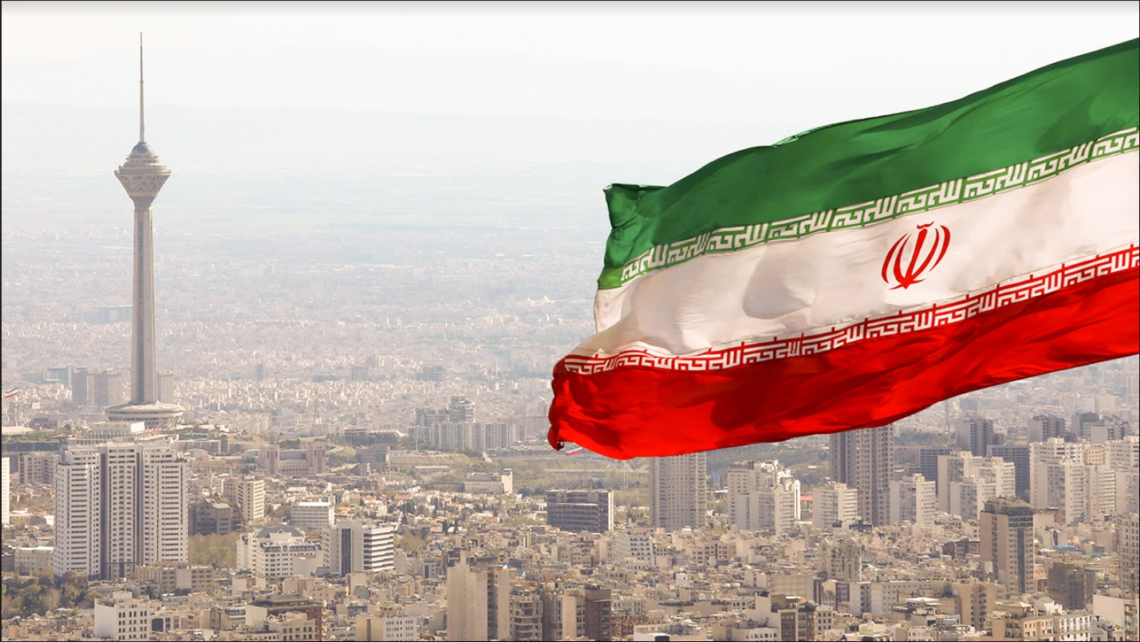- From September 22, the Iranian government will allow approved cryptocurrency miners to resume their operations.
- In May, the country imposed stringent measures in response to a growing power deficit that has resulted in blackouts in numerous sections of the country
- China, on the other hand, is firmly tightening down on cryptocurrency mining and has no plans to reverse its prohibition
Over the last year, there has been a lot of change in cryptocurrency regulations all over the world. While China’s anti-cryptocurrency policy remains firm, some countries, such as Iran, are changing their attitude. The restriction on cryptocurrency mining will be lifted on September 22nd, according to Iran’s state-owned power production and distribution firm, Iran Power Generation, Distribution, and Transmission Company (Tavanir). On the other hand, the Chinese government has ordered local electrical manufacturers not to sell any surplus capacity to Bitcoin miners, whether they are Chinese or not. Mining farms must be totally dismantled and any remaining mining equipment must be moved out of the region by August 24.
Iran is rolling back its cryptocurrency mining ban
The county’s Ministry of Industries, Mining, and Trade is likely to issue an official directive soon, lifting the limitations that were imposed on all miners in May. Simply put, Iran’s national grid will once again be fully operational for cryptocurrency mining, a one-of-a-kind program aimed at reducing the country’s reliance on the globalized US dollar and other fiat currencies.
The spokeswoman for the nationalized energy firm, Mostafa Rajabi Mashhadi, noted that now that summer is over, electricity usage in the Islamic Republic is projected to drop in the following months. Because the country’s electricity deficit was severely high in the hot month of May, it was compelled to implement regressive measures such as a blanket ban. This resulted in blackouts and load shedding across the country. Iran was compelled to ration electricity and tighten it down on miners because crypto mining is an energy-intensive operation.
While Iran supports Bitcoin, China is adamant that it does not want any of it
China is adamant that it will have no dealings with cryptocurrencies. Despite a local trading restriction since 2017, Chinese mines once accounted for approximately 80% of global cryptocurrency commerce. All of this came to a screeching halt in May, when Beijing ordered provincial governments, regulators, and energy firms to cease supplying energy to mining farms. Miners had little choice but to cooperate and devise a new strategy to keep their operations afloat.
Gradually, all miners left the country and settled in various parts of the United States, Kazakhstan, Canada, and even Russia. According to a recent judgment by the high court of northern Shandong province, Chinese law does not protect cryptocurrencies, and the assets have never had legal validity. The decision is the last nail in the coffin for cryptocurrencies in the country, and there’s little chance of a reversal.
China wants the yuan to be the dollar, while Iran wants a dollar counterpart
Iran is subject to harsh US sanctions and is unable to deal directly with the international market. This reduces its reliance on the US dollar, which is frequently seen as the de facto global trade currency. Foreign exchange against other fiat currencies is extremely difficult, making it difficult to get imports and, as a result, limiting the scope of expansion. As a result, cryptocurrency becomes a viable option for the country.
According to an Elliptic analysis, Iran accounts for 4.5 percent of global Bitcoin mining revenue, bringing in roughly $1 billion annually. China’s objective is quite different. It has always emphasized a centrally backed digital currency (CBDC), and its e-yuan experiment is gradually reaching out to more people. Simultaneously, the government has cracked down on private participants in the payments business, with the goal of progressively phasing out closed ecosystems and establishing a centrally regulated digital currency that can be used globally.
China intends to construct a dollar-equivalent on a worldwide scale as its industrial power grows in Southeast Asia, Africa, and other developing countries. Its goal is to gain an early-adopter advantage and so dominate the global economy. At the same time, a central system grants it complete control over censorship, monitoring, and even monetary policy in the country.
The two countries are in completely different situations and are attempting to profit from the cryptocurrency explosion. While Iran’s war is primarily for survival, China’s sights are set on global dominance.

Andrew is a blockchain developer who developed his interest in cryptocurrencies while pursuing his post-graduation major in blockchain development. He is a keen observer of details and shares his passion for writing, along with coding. His backend knowledge about blockchain helps him give a unique perspective to his writing skills, and a reliable craft at explaining the concepts such as blockchain programming, languages and token minting. He also frequently shares technical details and performance indicators of ICOs and IDOs.


 Home
Home News
News










